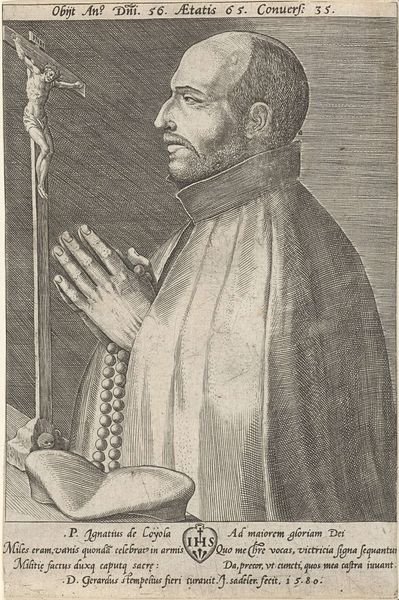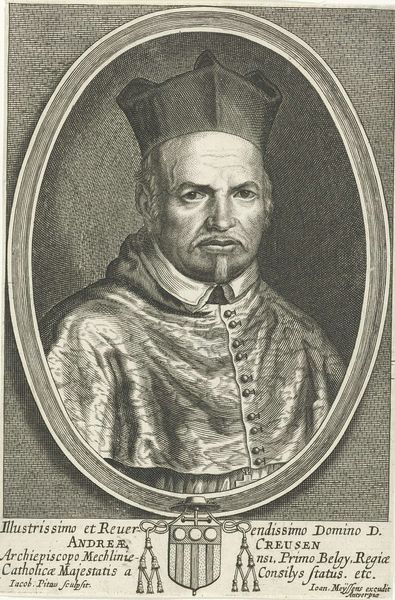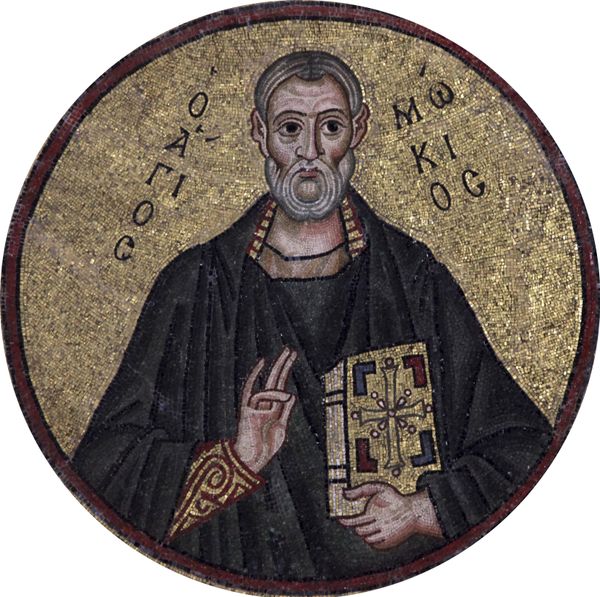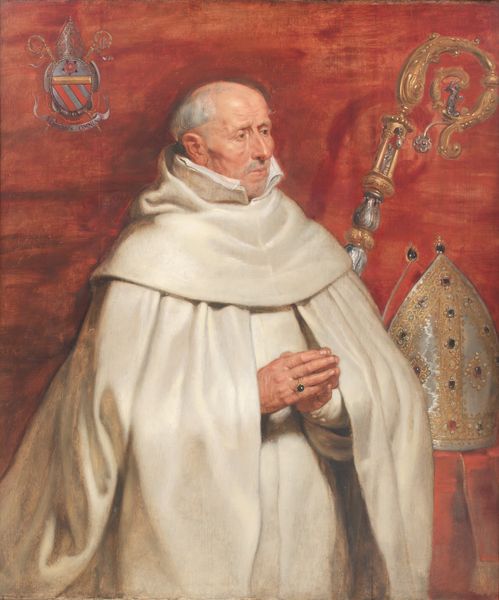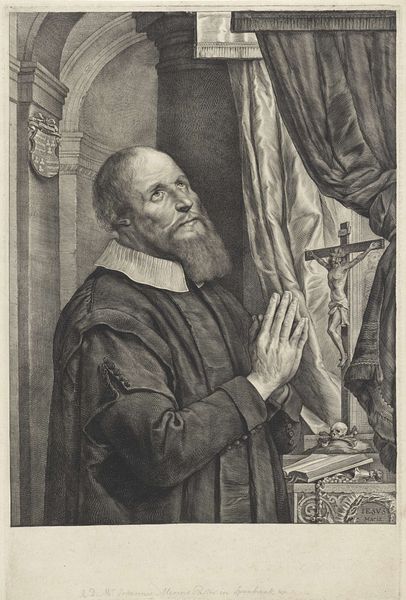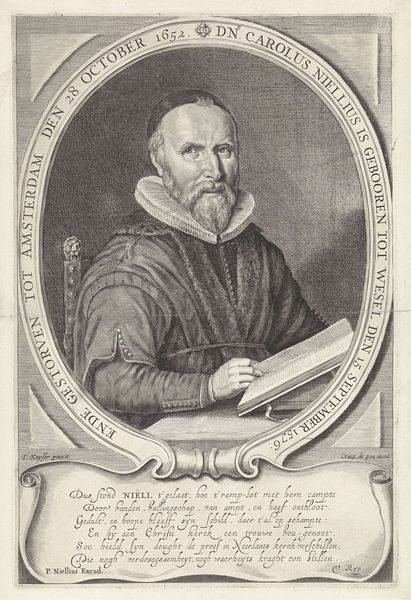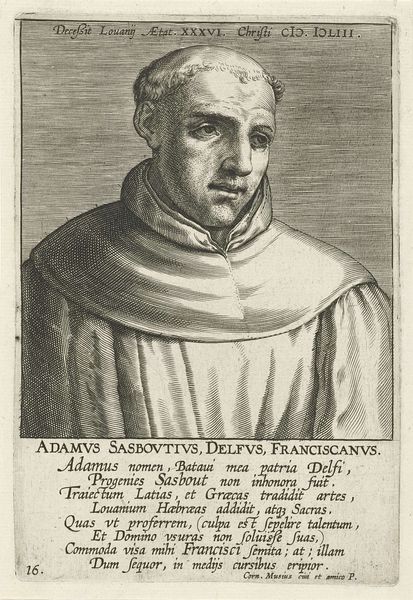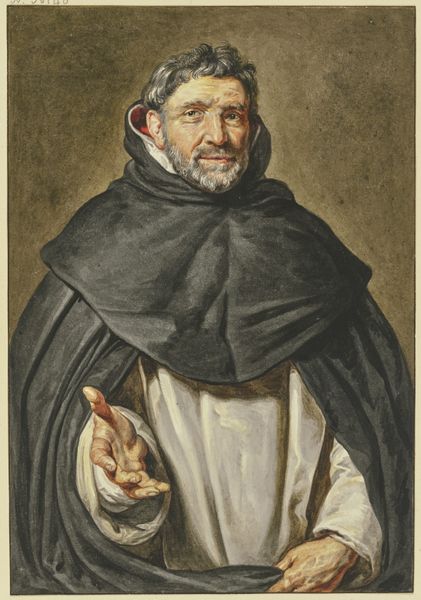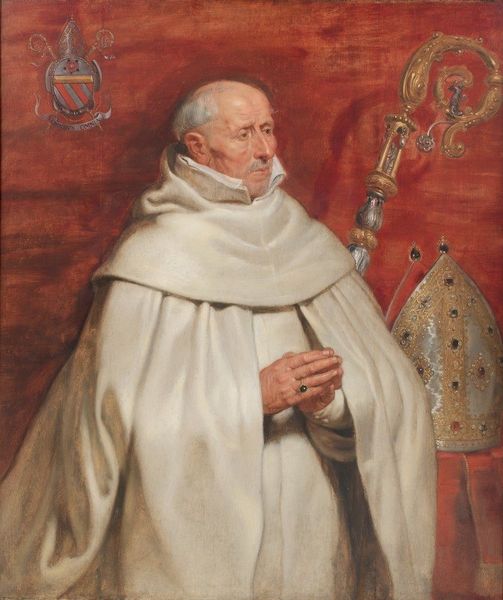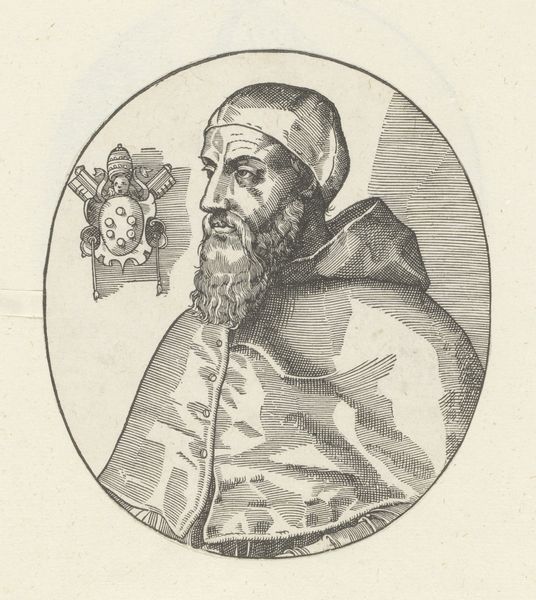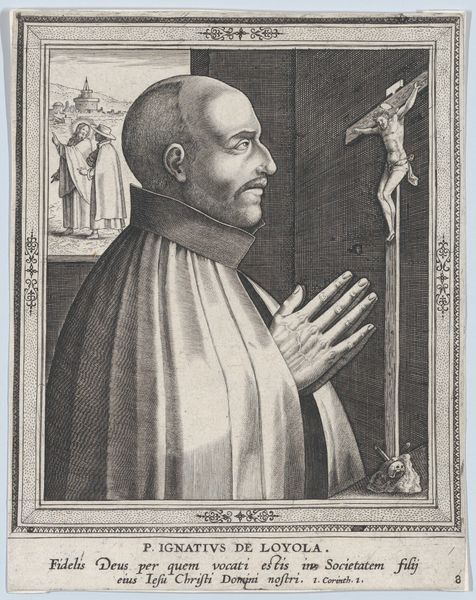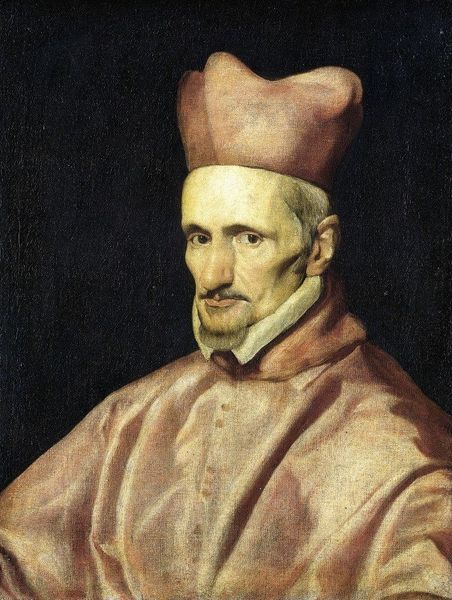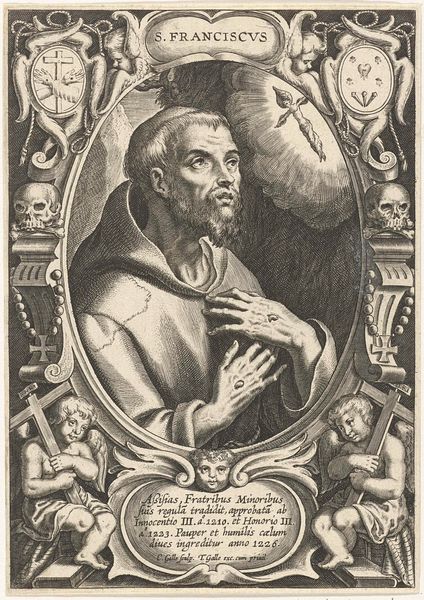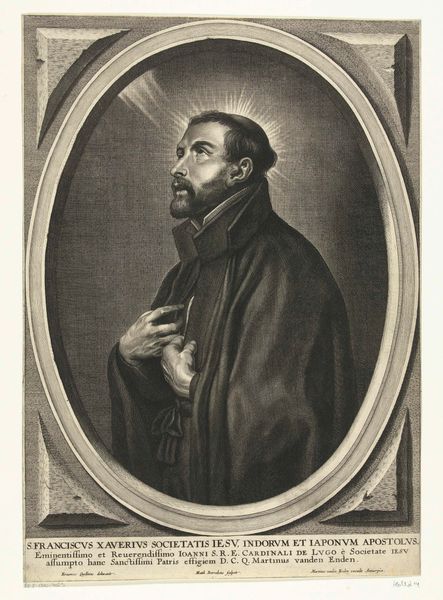
Portrait Bust of Pedro de Foix Montoya 1622
0:00
0:00
gianlorenzobernini
Santa Maria in Monserrato degli Spagnoli, Rome, Italy
carving, sculpture, marble
#
portrait
#
carving
#
baroque
#
sculpture
#
figuration
#
sculpture
#
marble
#
italian-renaissance
Copyright: Public domain
Editor: So, this is the marble "Portrait Bust of Pedro de Foix Montoya," created by Bernini in 1622. It’s so incredibly detailed, almost lifelike. The face seems... severe. What can you tell me about it? Curator: Well, placing this work in its social context is crucial. Bernini created this bust during a period when the Catholic Church was actively trying to reassert its authority after the Protestant Reformation. Editor: So, you're saying it’s more than just a portrait? Curator: Exactly. The subject, Pedro de Foix Montoya, held significant positions within the Church. Depicting him with such gravity, in a public space like Santa Maria in Monserrato degli Spagnoli, Rome, served to reinforce the power and dignity of the Church. Editor: I see. The way he's framed, almost like a Roman emperor… Was that deliberate? Curator: Absolutely. The Baroque style, with its emphasis on drama and grandeur, was used strategically. Bernini wasn't just capturing a likeness; he was crafting an image that projected authority. Think about the politics of imagery: who is being represented and how. That matters greatly. Editor: So, art was a form of propaganda, almost? Curator: You could say that religious institutions at the time understood the power of art to shape public opinion. The placement, the style, the very medium of marble…it all contributes to conveying a message of strength and permanence. Editor: This makes me think about the role of art today – who controls the narrative in contemporary art, and how it’s displayed in museums…it’s still relevant, isn’t it? Curator: Indeed! By understanding the socio-political context of this Bernini bust, we can better analyze the power dynamics at play in art throughout history and even today. Editor: This gives me so much to think about - it’s not *just* a portrait. Thank you.
Comments
No comments
Be the first to comment and join the conversation on the ultimate creative platform.
